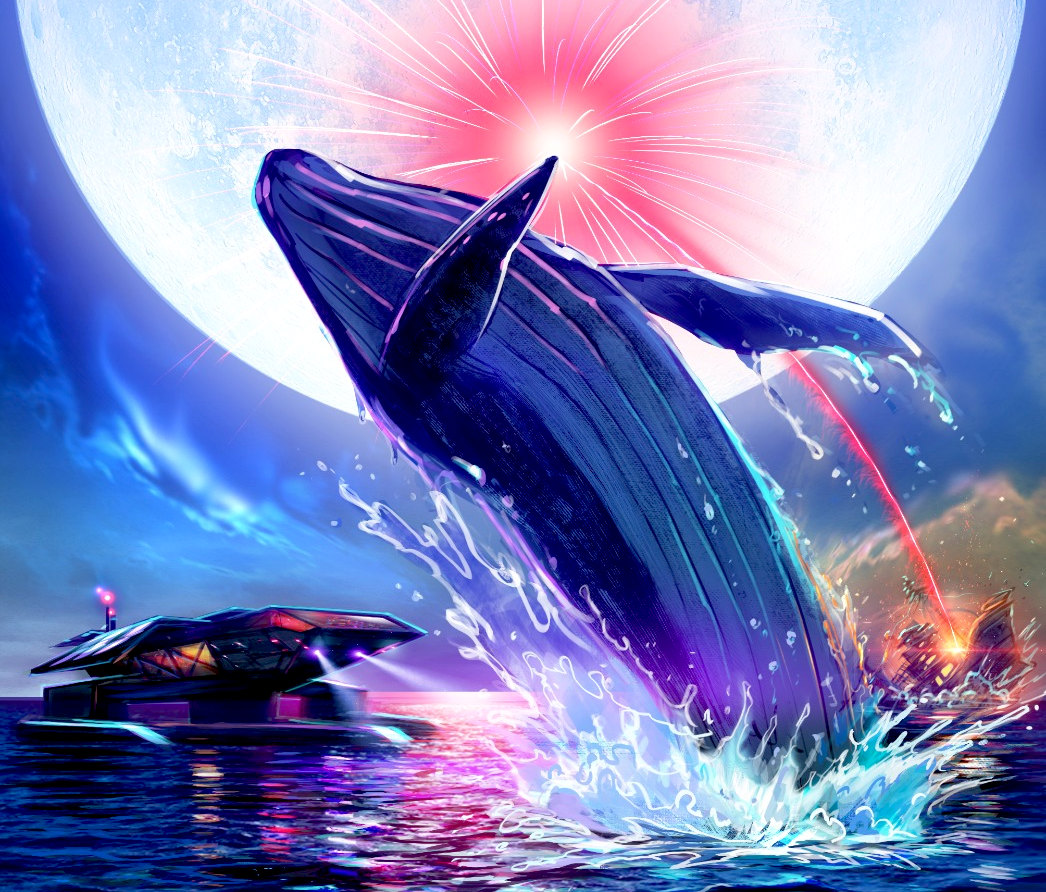|
OPTIONS - FILMS & TV (STORY OR SCRIPT)
SEE JOHN STORM'S NAVIGATOR OR RETURN TO BASE
|
|
|
|
Frankenstein is nothing new or original, with the story is well and truly out of copyright, and has been adapted and altered so many times as a folklore theme, that it cannot be taken as being live plagiarism, pertaining to the work of Mary Shelley, any more than dramatizing the life of Robin Hood, or any other historical, fictional character. In such a case, new works might be described as inspired by Mary Shelley. Introducing another fictional character as the lead scientist, in the quest to clone a 2,000 year old mummy, is an inspired work based on an original concept.
1. An exclusive: Film or TV Rights, Production & Development 'Option,' to obtain the life story of an individual 2. An exclusive: Film or TV Rights, Production & Development 'Option,' to obtain the book, short story, article or screenplay
In the motion picture industry, whether the producer wishes to obtain the life story of an individual, or a book, article or screenplay (collectively and generally known as literary property) for the purposes of making a motion picture, an option is used as a cost saving measure. From the producer’s perspective, the goal is to pay the least amount of money possible in order to allow the producer the maximum amount of time to finance the Picture and once financed, purchase the life story or literary property. This is accomplished by using an option.
[See
Writer's Guild Option template]
In the case of a Franchise, there will be other caveats, such as use of websites for development communications, or even blanking of websites previously used as a promotional or development tool. And the use of trademarks, such as for merchandising or sub-licensing.
While everything is negotiable, an option can range from $500–$500,000. A good gauge is 10% of the purchase price if the story rights are later bought.
The concept of Cleopatra VII’s mummy being discovered and cloned is imaginative and innovative, as it can be developed in different ways and offer new perspectives on the Ancient Egyptian queen and her legacy. For instance, one could explore the ethical, political, and cultural implications of cloning an ancient ruler in the modern world. How would Cleopatra VII react to the changes in history, technology, and society? How would the world react to her presence and claims? What would be her goals and motivations? What challenges and conflicts would she face? These are some of the questions that would (and will) make a compelling story based on this concept.
The
proposed adaptations of the Cleopatra stories, need not include the
Elizabeth Swann. Though, the Egyptian Queen and her lover, Mark
Antony, were very fond of boats and ships. Hence, the Swann could be
Egyptian-ised in design, being part there already, as Solar Boats were a
part of their beliefs, including the Sun
God: Ra. Without any doubt, the weaponry
onboard the Swann, would be of tremendous interest to the reborn Cleopatra
VII, following her defeat at the Battle
of Actium in 31BCE.
THE $BILLION DOLLAR WHALE - The Elizabeth Swann stands by as 'Kulo Luna,' the giant humpback whale leaps for victory, after sinking a second pirate whaling ship. This is an early adventure for the ocean conservationist: John Storm. Copyright art, Cleaner Ocean Foundation 2022. Inspired by the true story of Mocha Dick, a cetacean that sank many a whaling ship, during the time when the price of oil for lamps, made hunting these beautiful creatures, a very lucrative venture. With investors not caring as to inevitable extinction of species, if not curtailed.
|
|
This website is Copyright © 2023 Jameson Hunter Literary & Graphic Publishing
|
